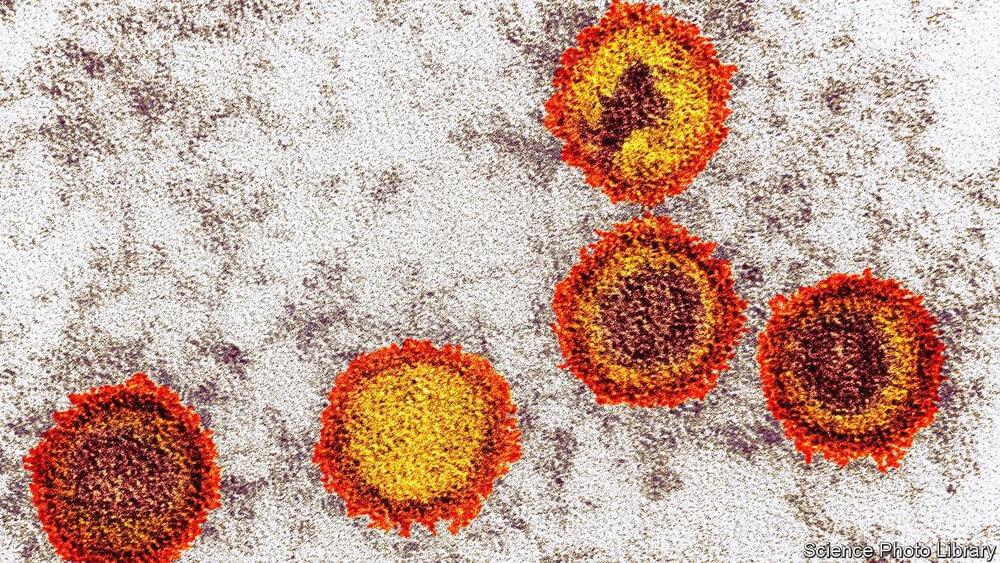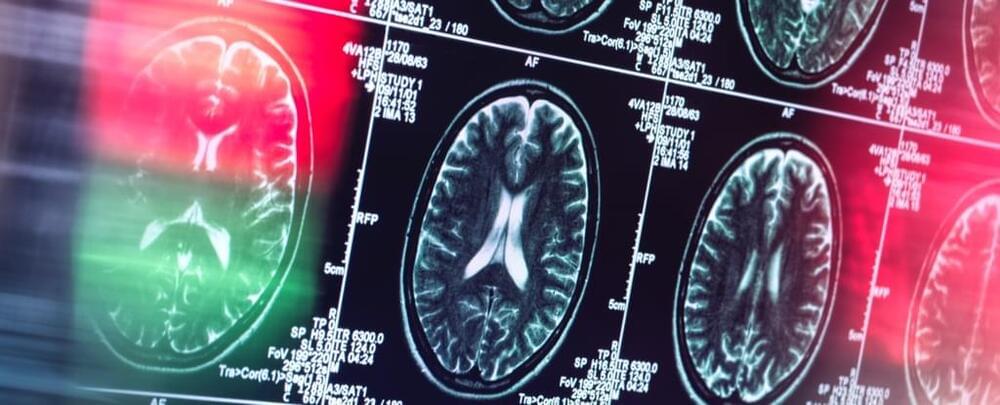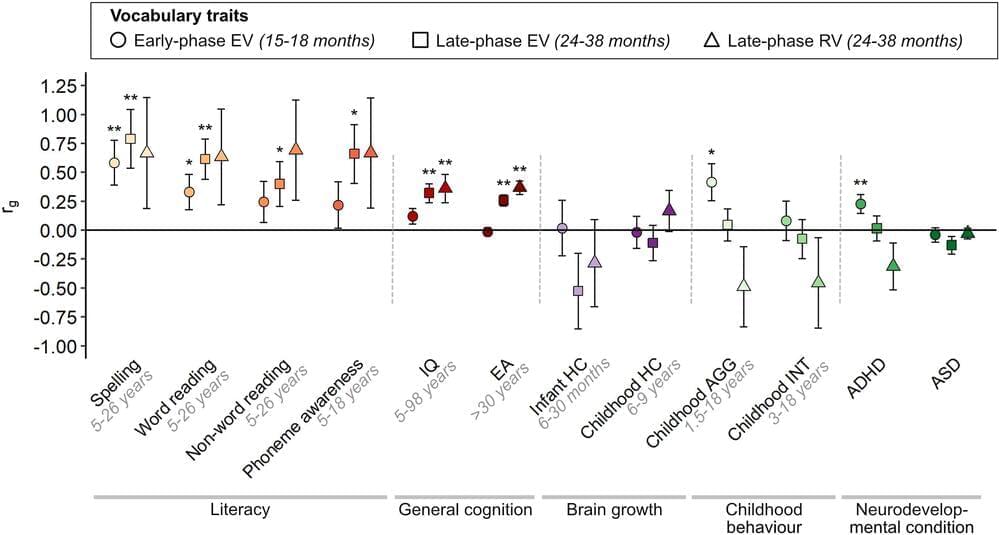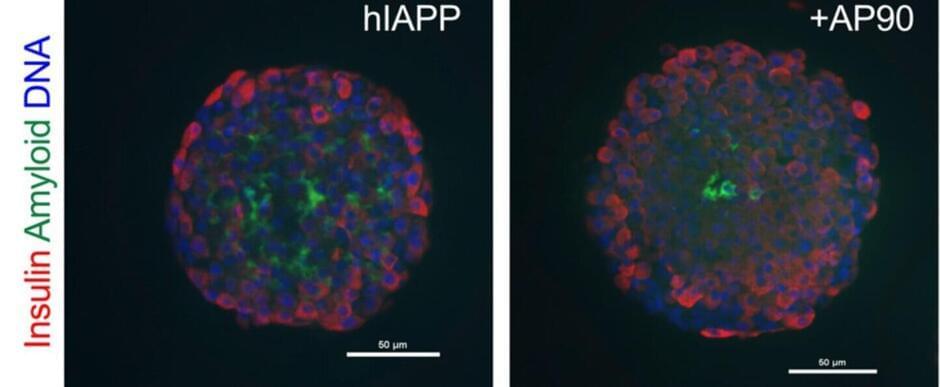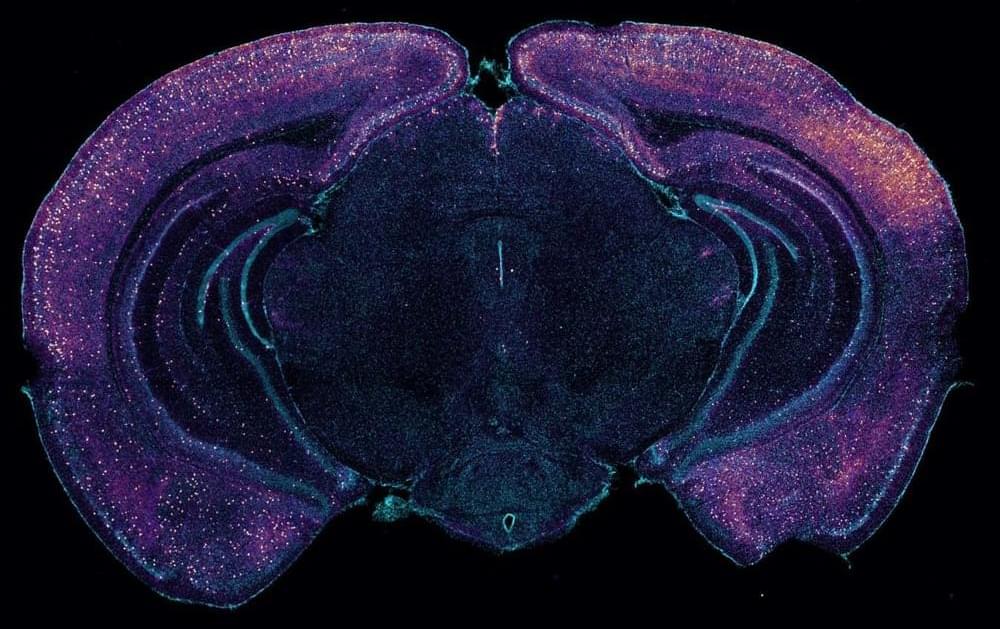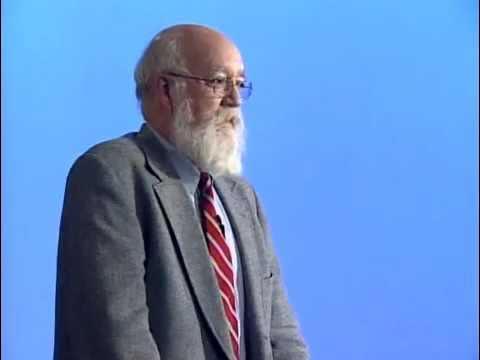Archive for the ‘neuroscience’ category: Page 150
Mar 1, 2024
Alzheimer’s Might Not Actually Be a Brain Disease, Expert Reveals
Posted by Dan Breeden in categories: biotech/medical, neuroscience
The pursuit of a cure for Alzheimer’s disease is becoming an increasingly competitive and contentious quest with recent years witnessing several important controversies.
In July 2022, Science magazine reported that a key 2006 research paper, published in the prestigious journal Nature, which identified a subtype of brain protein called beta-amyloid as the cause of Alzheimer’s, may have been based on fabricated data.
One year earlier, in June 2021, the US Food and Drug Administration had approved aducanumab, an antibody-targeting beta-amyloid, as a treatment for Alzheimer’s, even though the data supporting its use were incomplete and contradictory.
Mar 1, 2024
Korean researchers develop insect brain-inspired motion detector
Posted by Gemechu Taye in categories: neuroscience, security

The new semiconductor is expected to have some important applications in things like transportation and security systems in both industry and the public.
Korean researchers have developed a new “intelligent sensor” semiconductor that works similarly to the optic nerves of insects.
Continue reading “Korean researchers develop insect brain-inspired motion detector” »
Mar 1, 2024
Early vocabulary size is genetically linked to ADHD, literacy, and cognition
Posted by Shubham Ghosh Roy in categories: genetics, neuroscience
Early language development is an important predictor of children’s later language, reading and learning skills. Moreover, language learning difficulties are related to neurodevelopmental conditions such as attention-deficit/hyperactivity disorder (ADHD) and autism spectrum disorder (ASD).
Children typically start to utter their first words between 10 and 15 months of age. At around two years of age, they may produce between 100–600 words, and understand many more. Each child embarks on its own developmental path of language learning, resulting in large individual differences. “Some variation in language development can be related to variation in the genetic code stored in our cells,” says senior researcher Beate St Pourcain, lead scientist on the study.
Mar 1, 2024
Prof Nadeem Sarwar — Corporate VP, Co-Founder & Head, Transformational Prevention Unit, Novo Nordisk
Posted by Ira S. Pastor in categories: biotech/medical, business, genetics, government, health, neuroscience
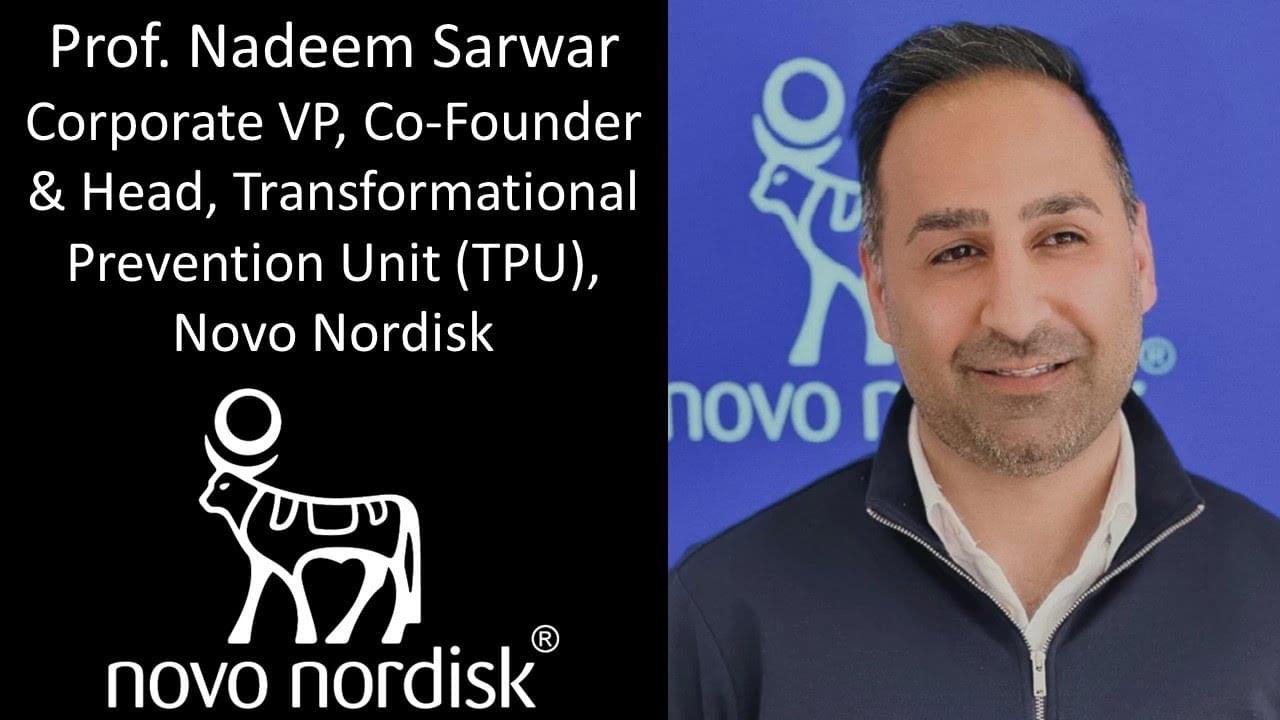
Professor Nadeem Sarwar is Corporate Vice President, Co-Founder and Head, Transformational Prevention Unit, Novo Nordisk (https://www.novonordisk.com/partnerin…), Co-Chair UK Dementia Mission (a UK Government Ministerial appointment) and Honorary Professor, University of Edinburgh Medical School.
Professor Sarwar joined Novo Nordisk in June 2023 as Corporate Vice President, Co-Founder and Head of Novo Nordisk’s new Transformational Prevention Unit (TPU) whose mission is to increase obesity-free life years, so people live healthier and longer lives. To achieve this, the TPU is establishing an integrated ecosystem that will deliver science-first, empowering, and scalable commercial solutions that predict and pre-empt obesity and its consequences through innovative partnerships, with solutions intending to push the boundaries of what is possible with drugs, genomics, microbiome, digital health, and behavioral science.
Feb 29, 2024
Q&A: How a potential treatment for Alzheimer’s disease could also work for type 2 diabetes
Posted by Shubham Ghosh Roy in categories: biotech/medical, neuroscience
Of the 38 million Americans who have diabetes, at least 90% have type 2, according to the Centers for Disease Control and Prevention. Type 2 diabetes occurs over time and is characterized by a loss of the cells in the pancreas that make the hormone insulin, which helps the body manage sugar.
These cells make another protein, called islet amyloid polypeptide or IAPP, which has been found clumped together in many type 2 diabetes patients. The formation of IAPP clusters is comparable to how a protein in the brains of Alzheimer’s disease patients sticks together to eventually form the signature plaques associated with that disease.
Researchers at the University of Washington have demonstrated more similarities between IAPP clusters and those in Alzheimer’s. The team previously showed that a synthetic peptide can block the formation of small, toxic Alzheimer’s protein clusters. Now, in a recently published paper in Protein Science, the researchers have used a similar peptide to block the formation of IAPP clusters.
Feb 29, 2024
Light and sound may slow Alzheimer’s by making the brain remove toxins
Posted by Jose Ruben Rodriguez Fuentes in categories: biotech/medical, neuroscience
An experimental treatment for Alzheimer’s disease involving sounds and flickering lights has shown promise in mice and people. Now, research suggests the novel approach ramps up our brain’s waste disposal networks.
By Clare Wilson
Feb 29, 2024
Thing in itself
Posted by Dan Breeden in categories: biological, mathematics, neuroscience
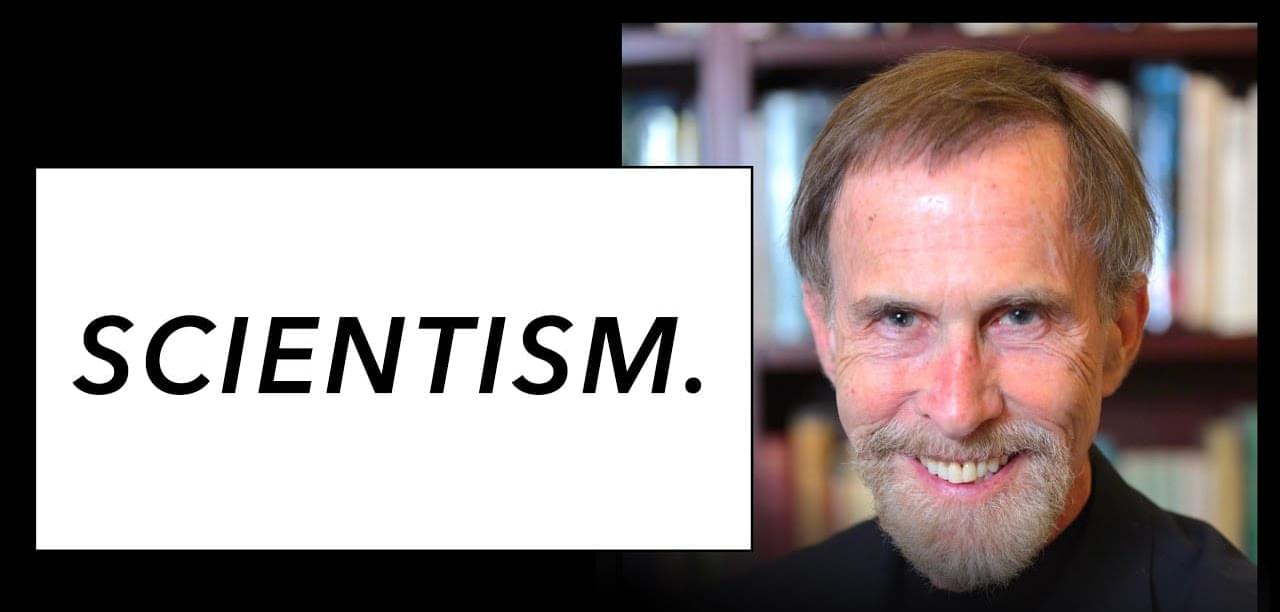
Alex Rosenberg is professor of Philosophy at Duke University and has made several important contributions to the philosophy of science, biology, and social science.
0:00 intro.
2:53 scientism.
5:09 naturalism and the manifest image.
7:25 pragmatism.
10:40 intentionality.
12:38 objections to eliminativism and truth.
14:35 consciousness.
16:50 biological functions, purposes, and the selected effects theory.
22:28 reductionism.
28:05 causality.
31:02 multiple realizability.
35:13 math.
39:45 morality.
44:51 humanism, art, and history.
Feb 29, 2024
Alex Rosenberg | Intentionality, Evolution, and More
Posted by Dan Breeden in categories: biological, evolution, neuroscience
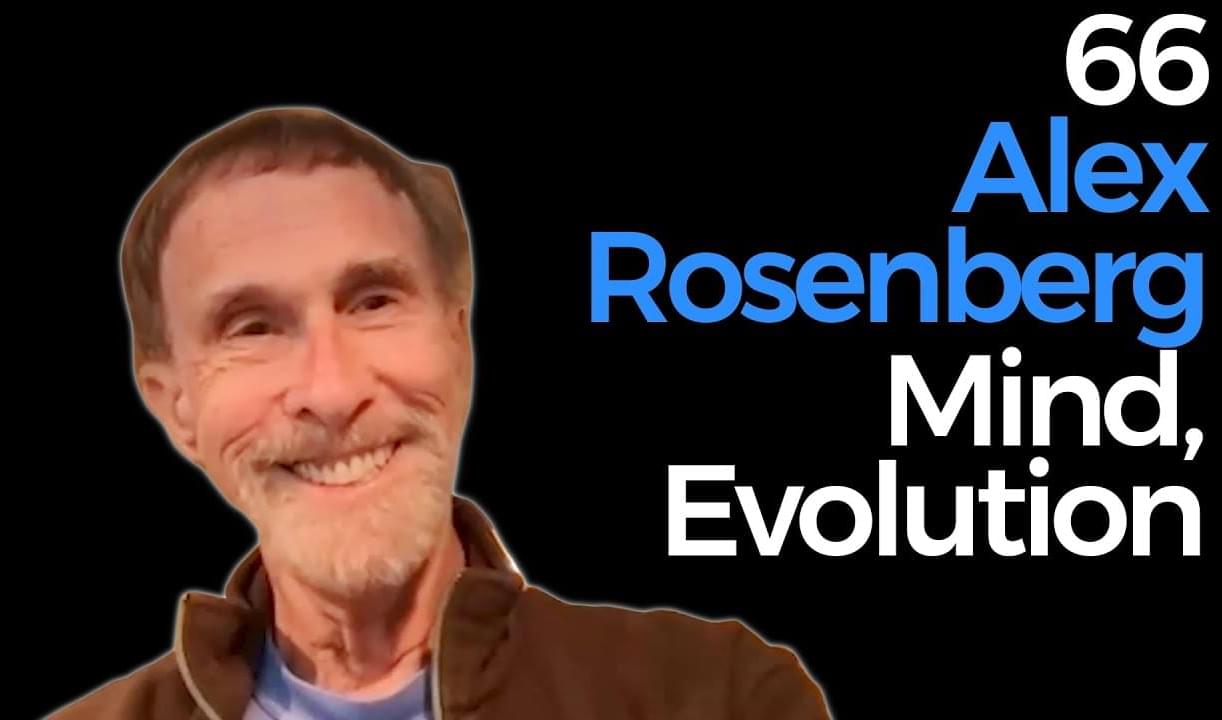
Alex Rosenberg is the R. Taylor Cole Professor of Philosophy at Duke University. His research focuses on the philosophy of biology and science more generally, mind, and economics.
/ friction.
/ discord.
/ frictionphilo.
Continue reading “Alex Rosenberg | Intentionality, Evolution, and More” »
